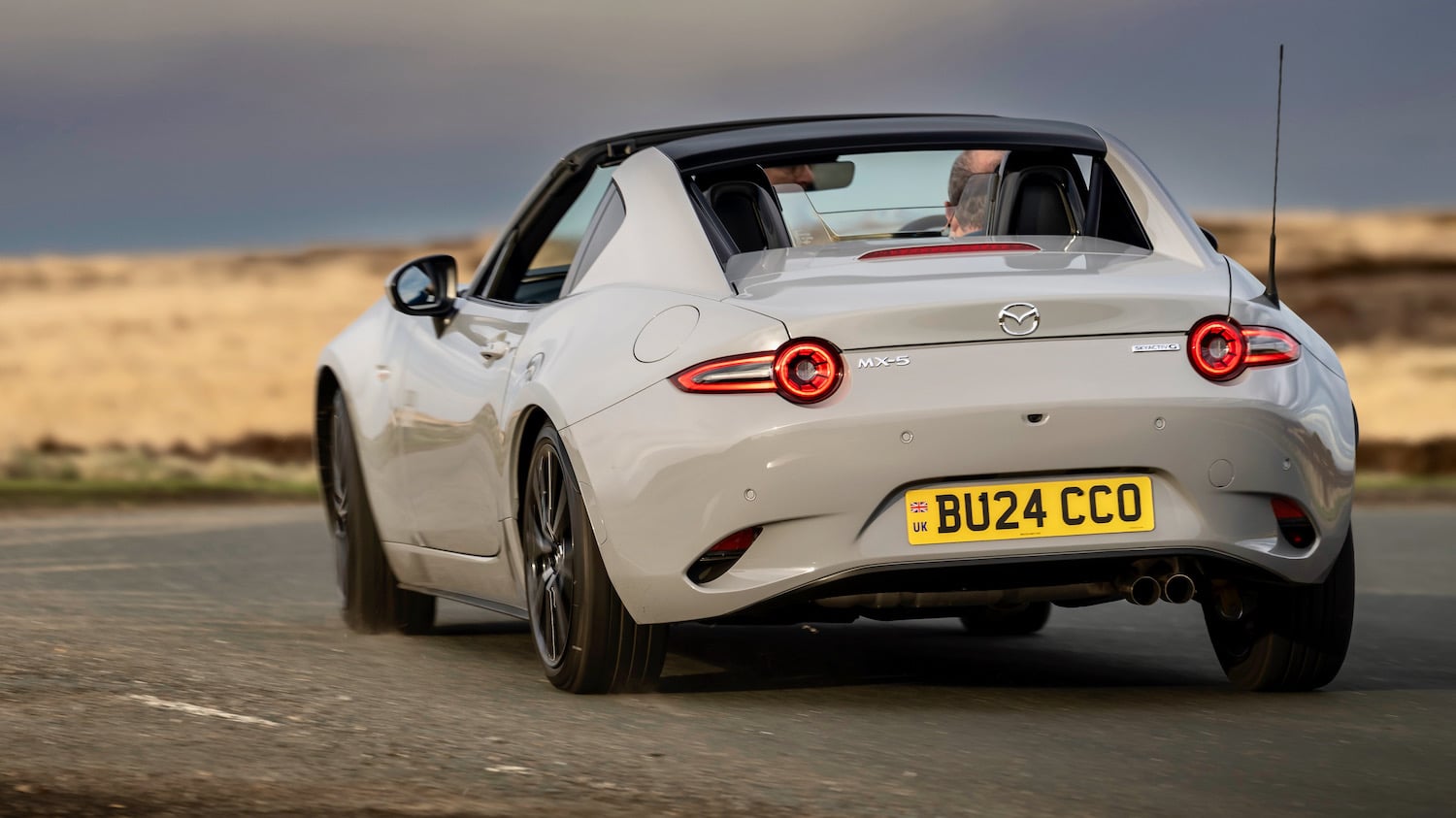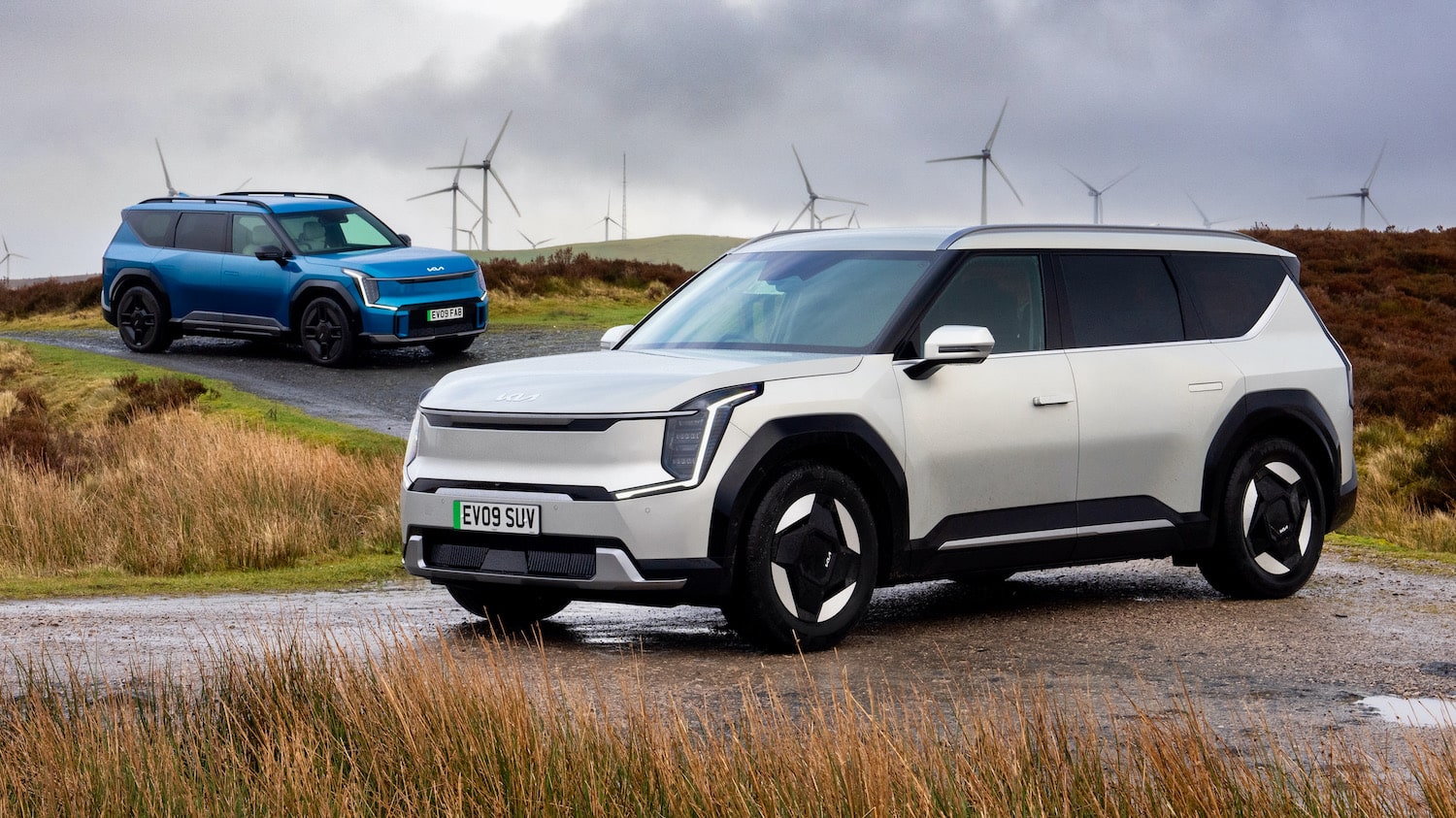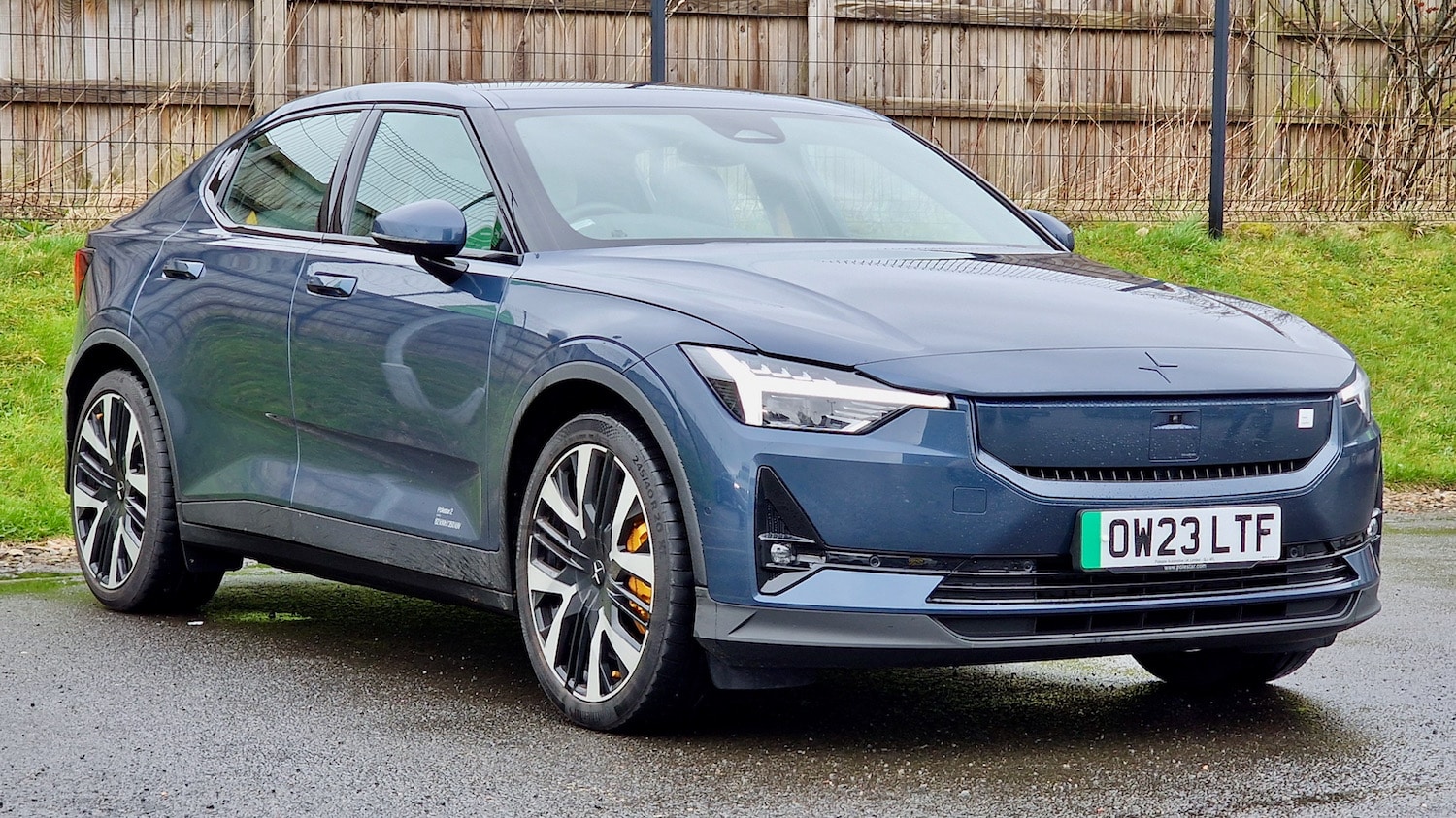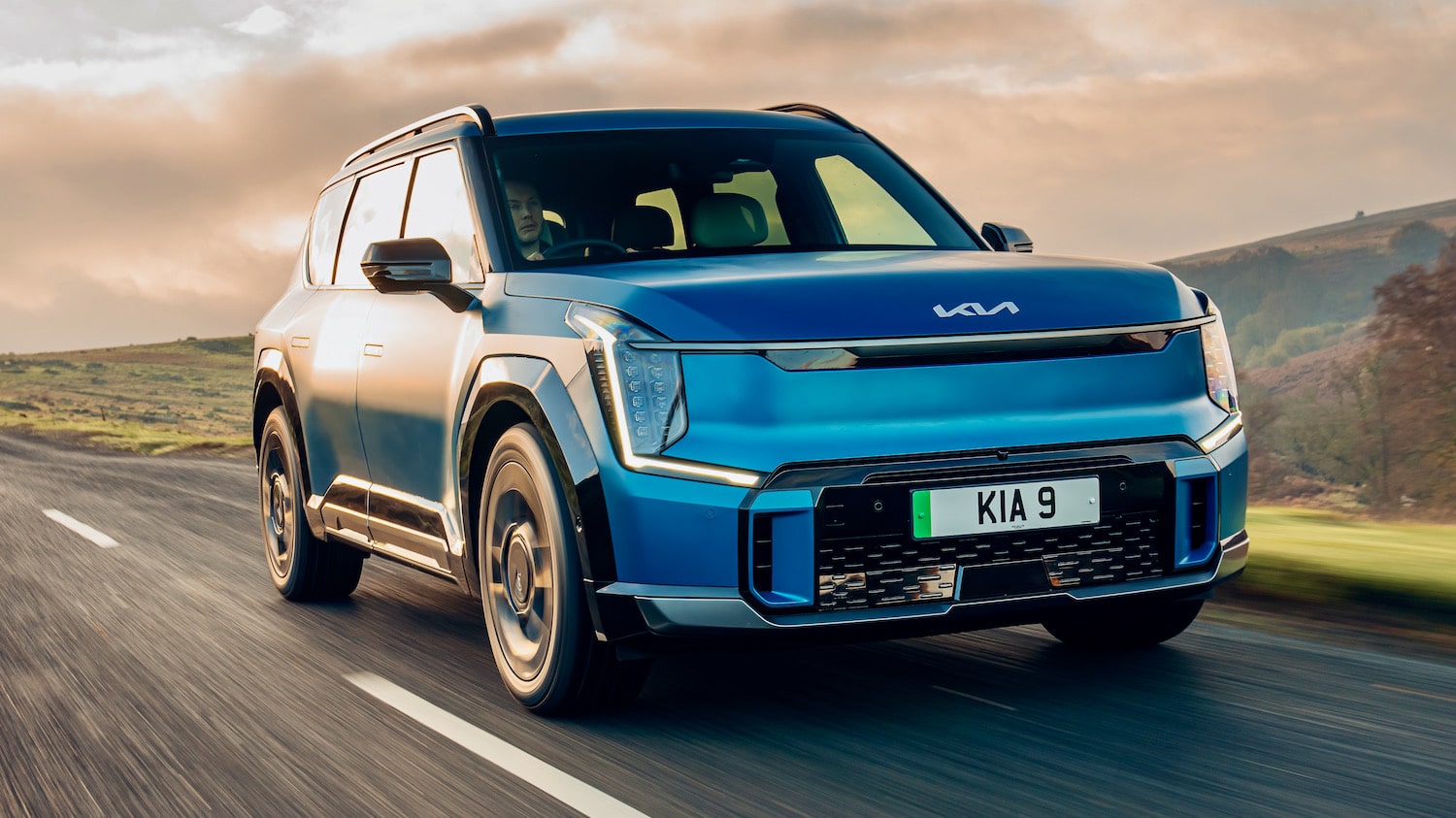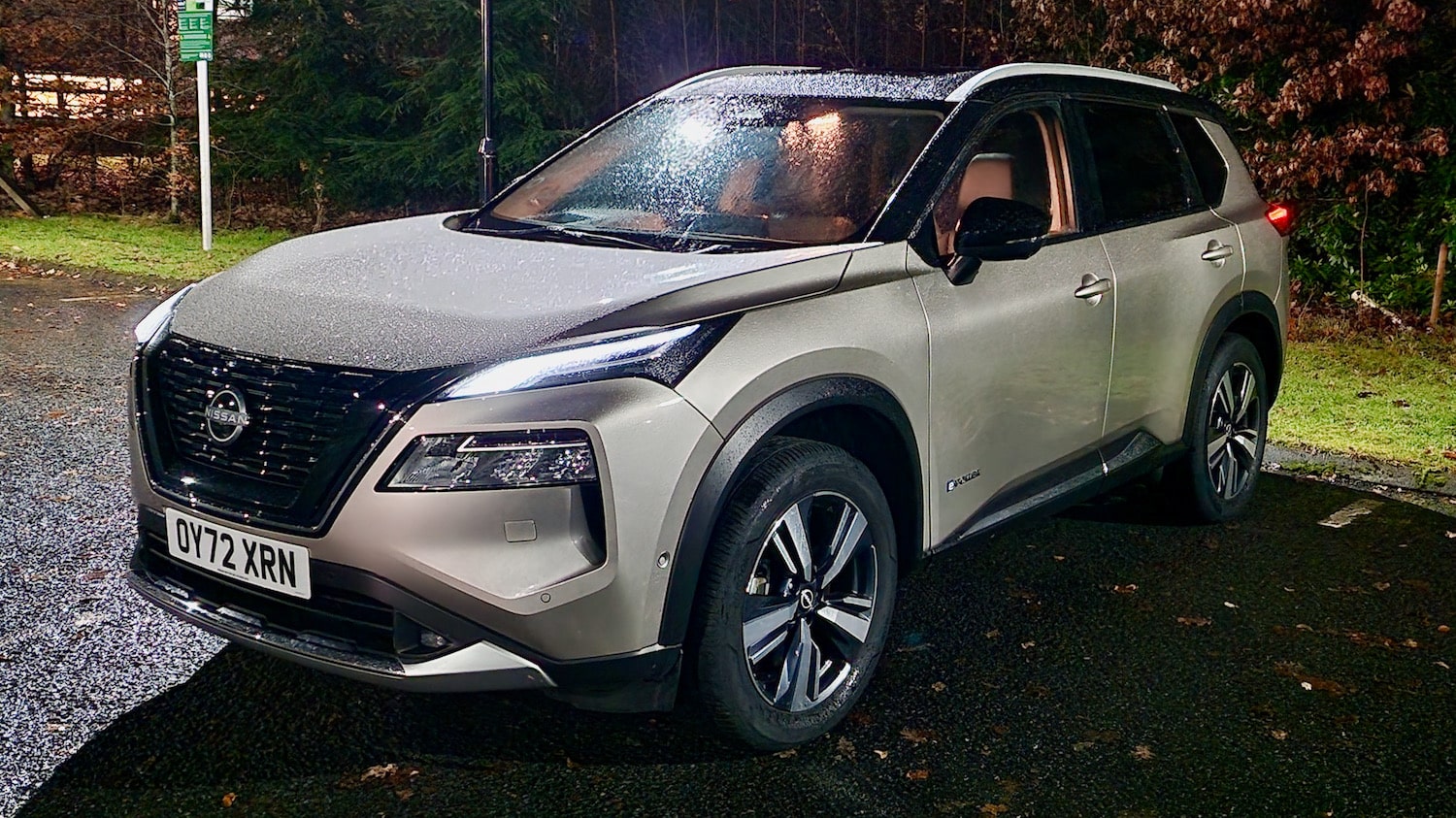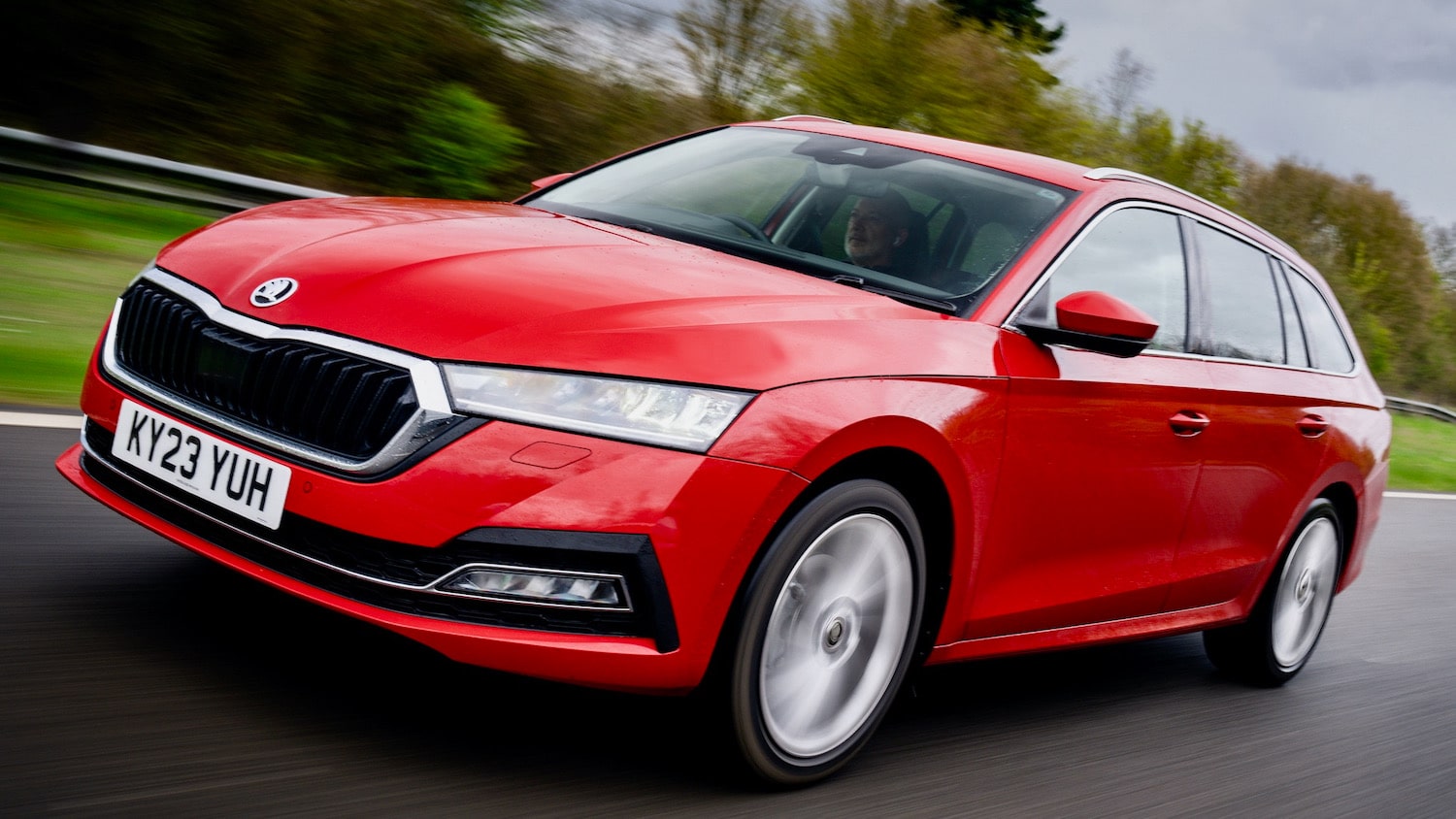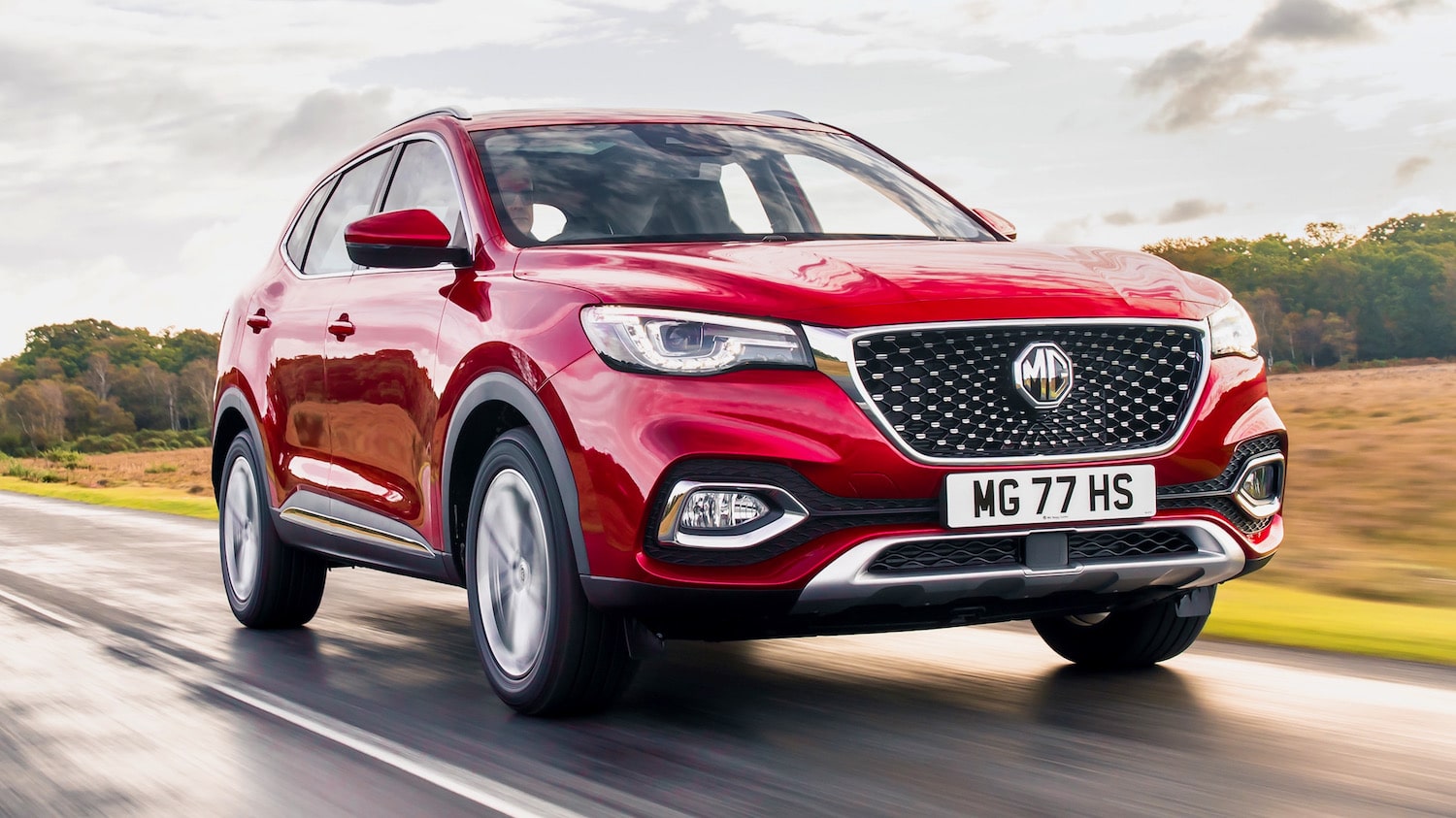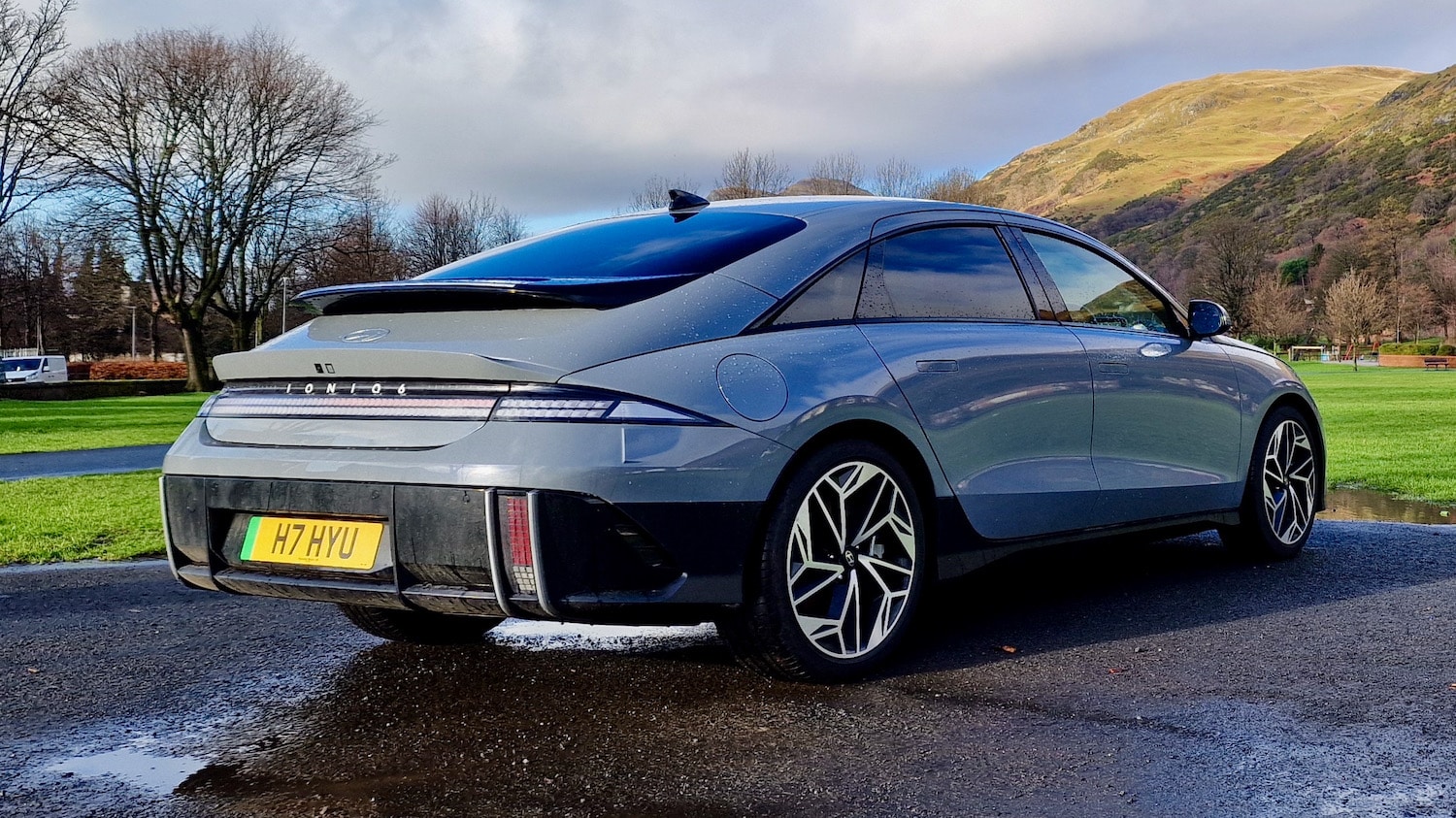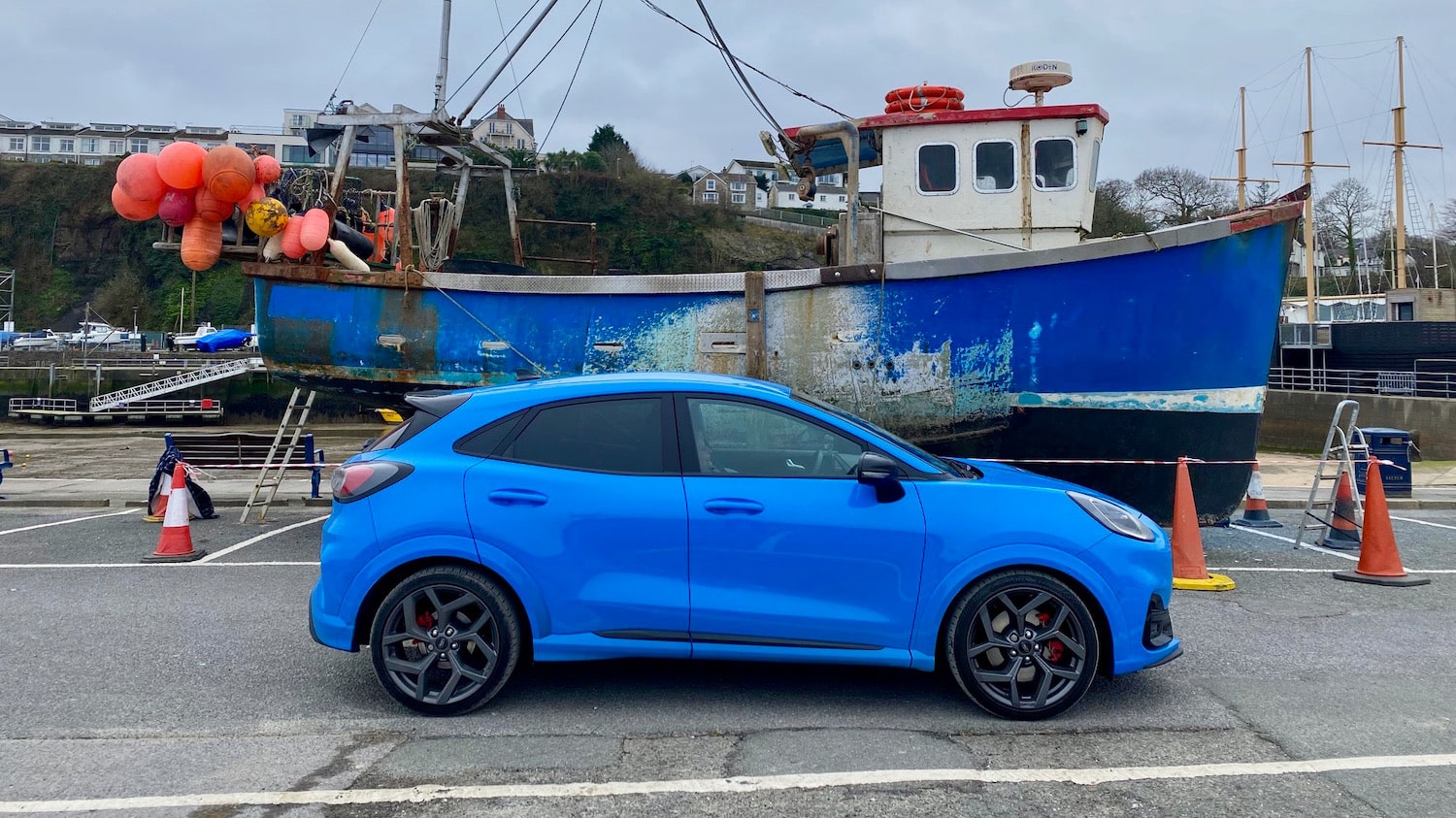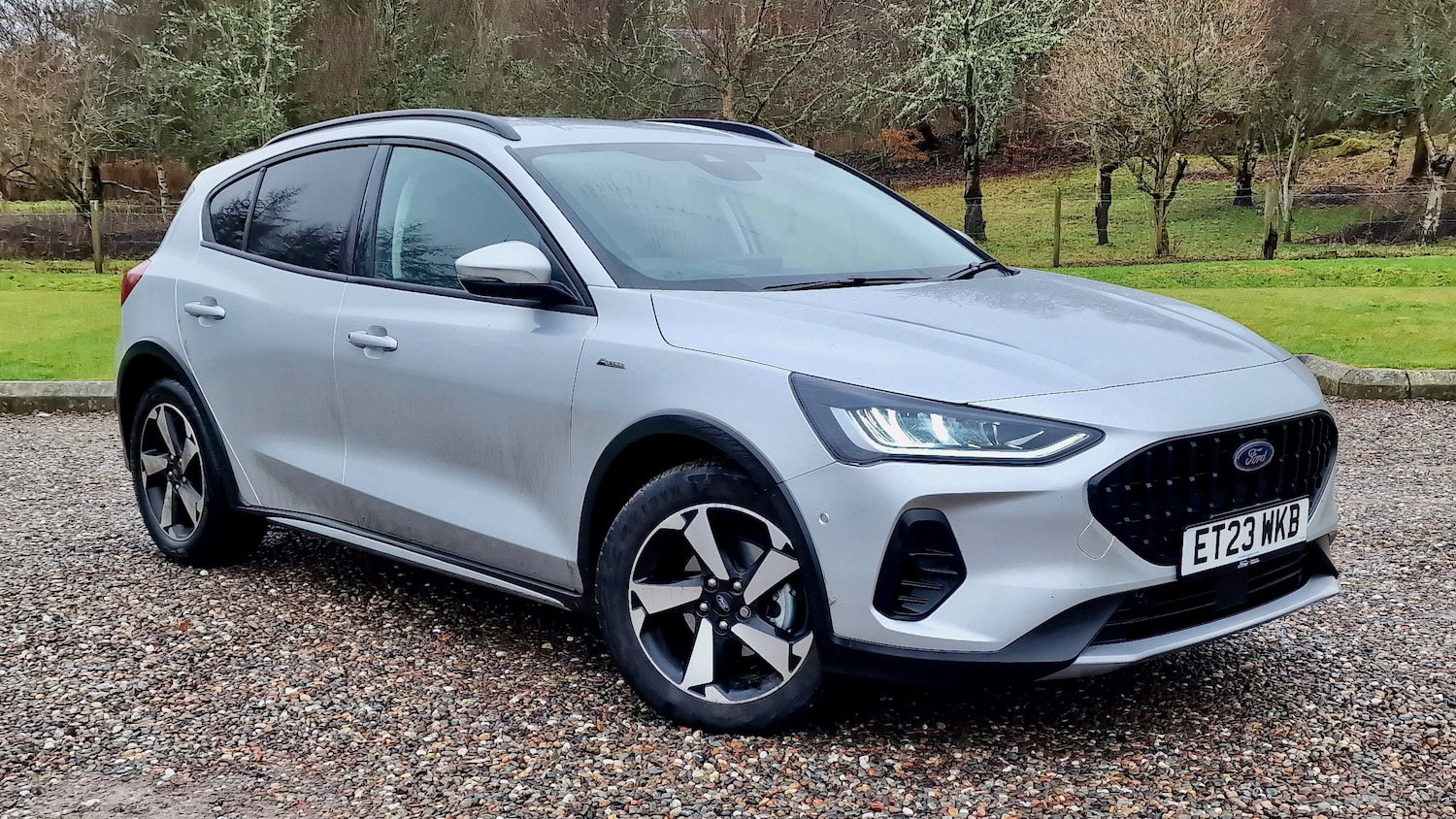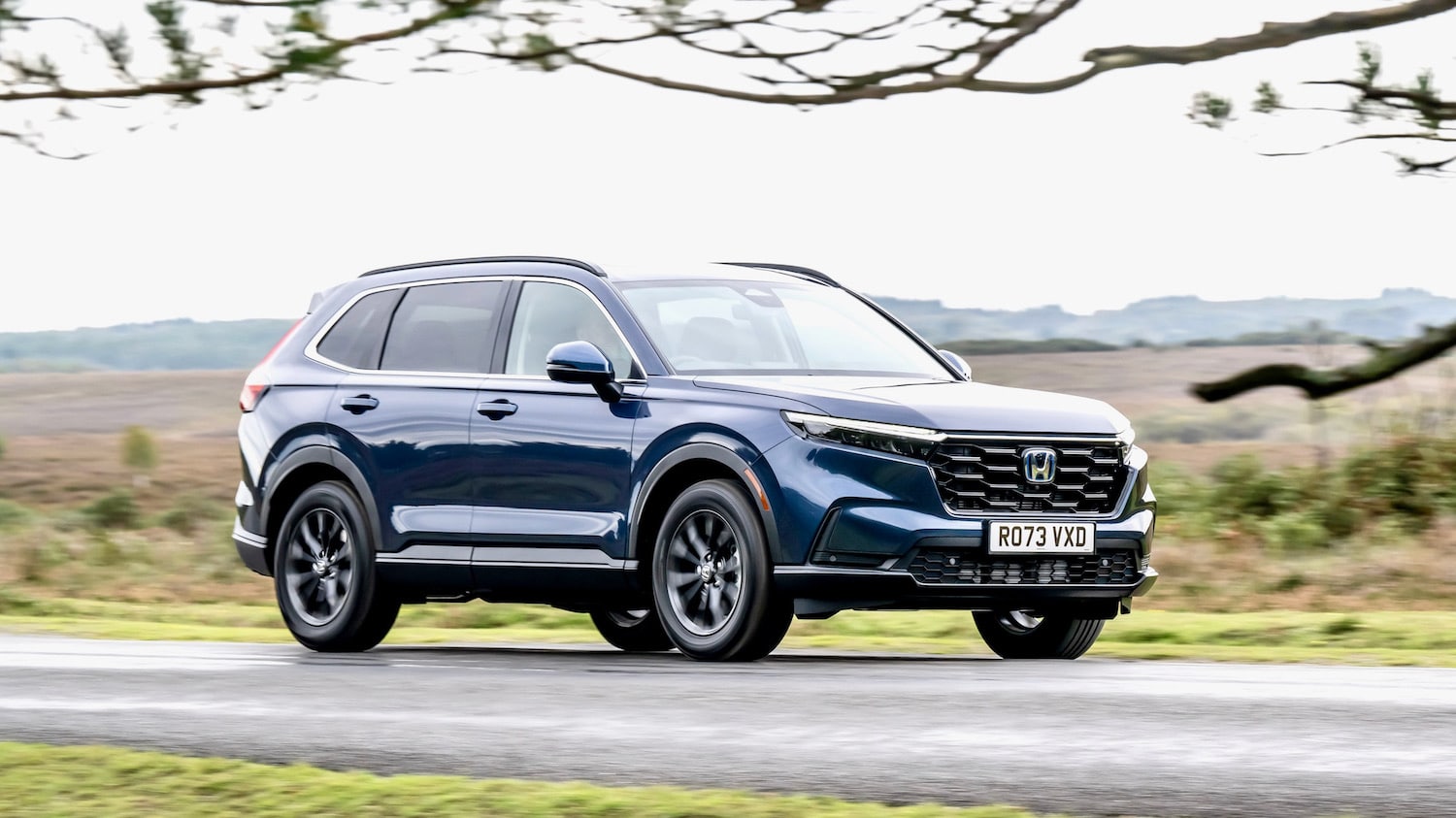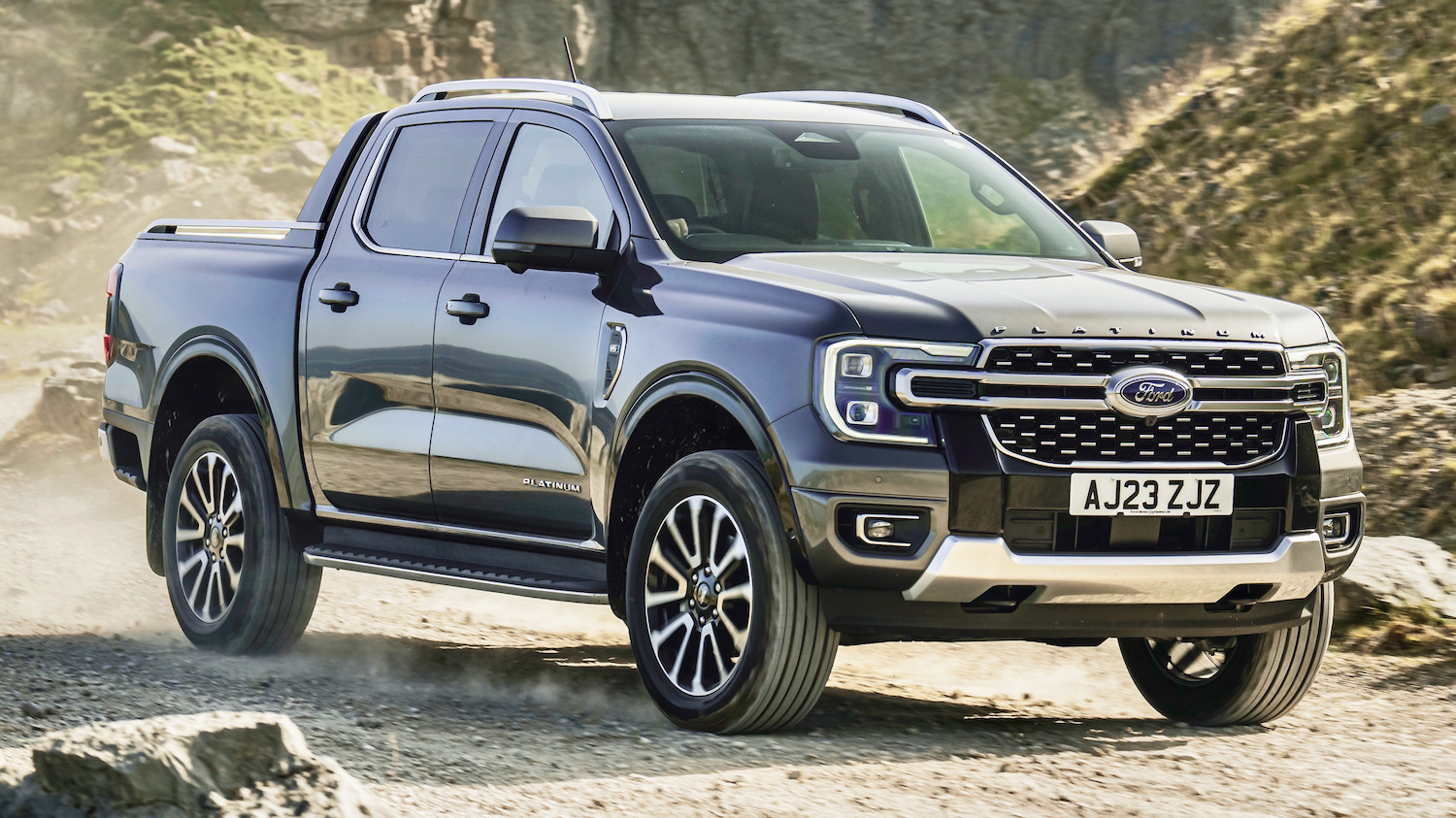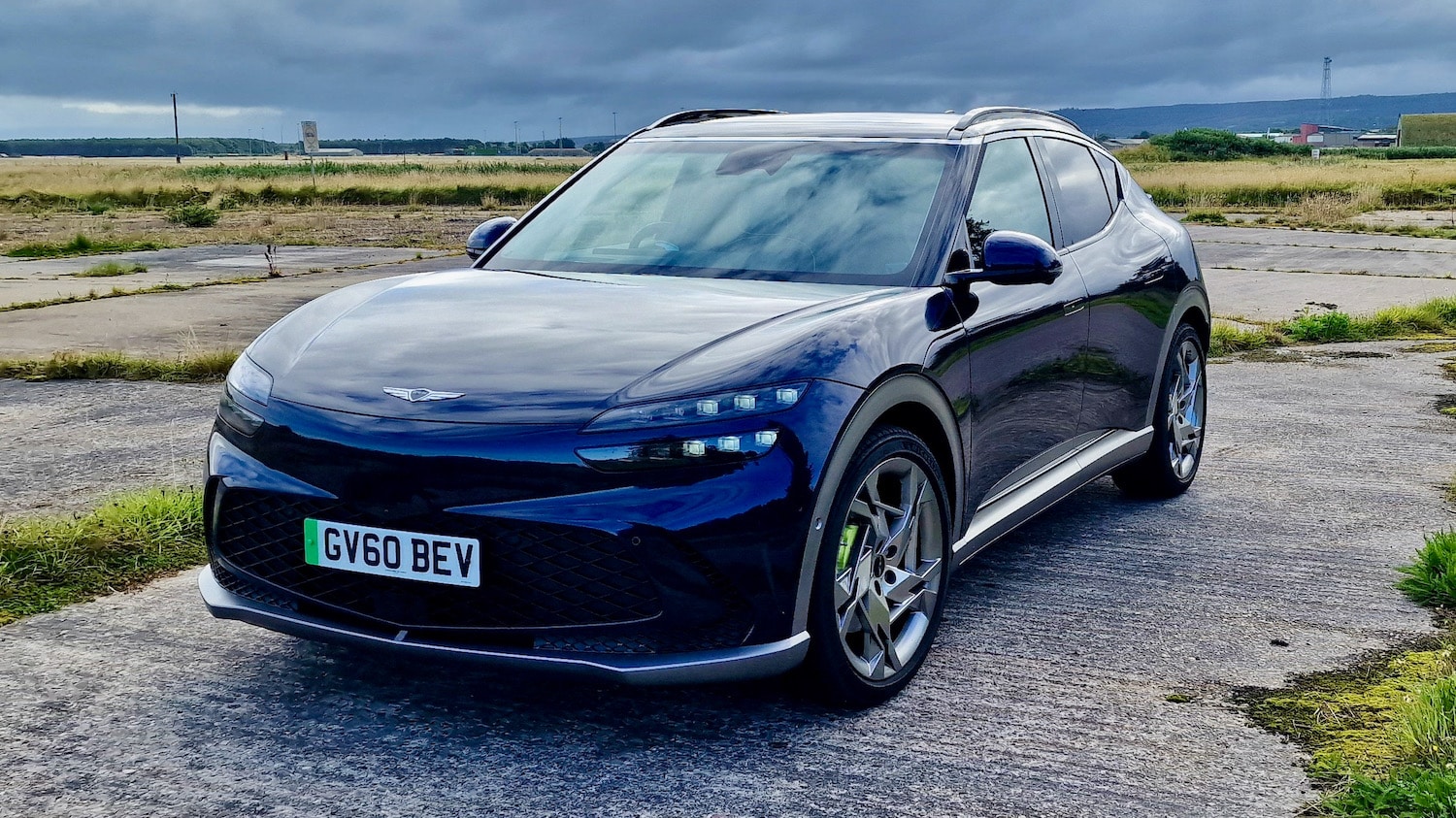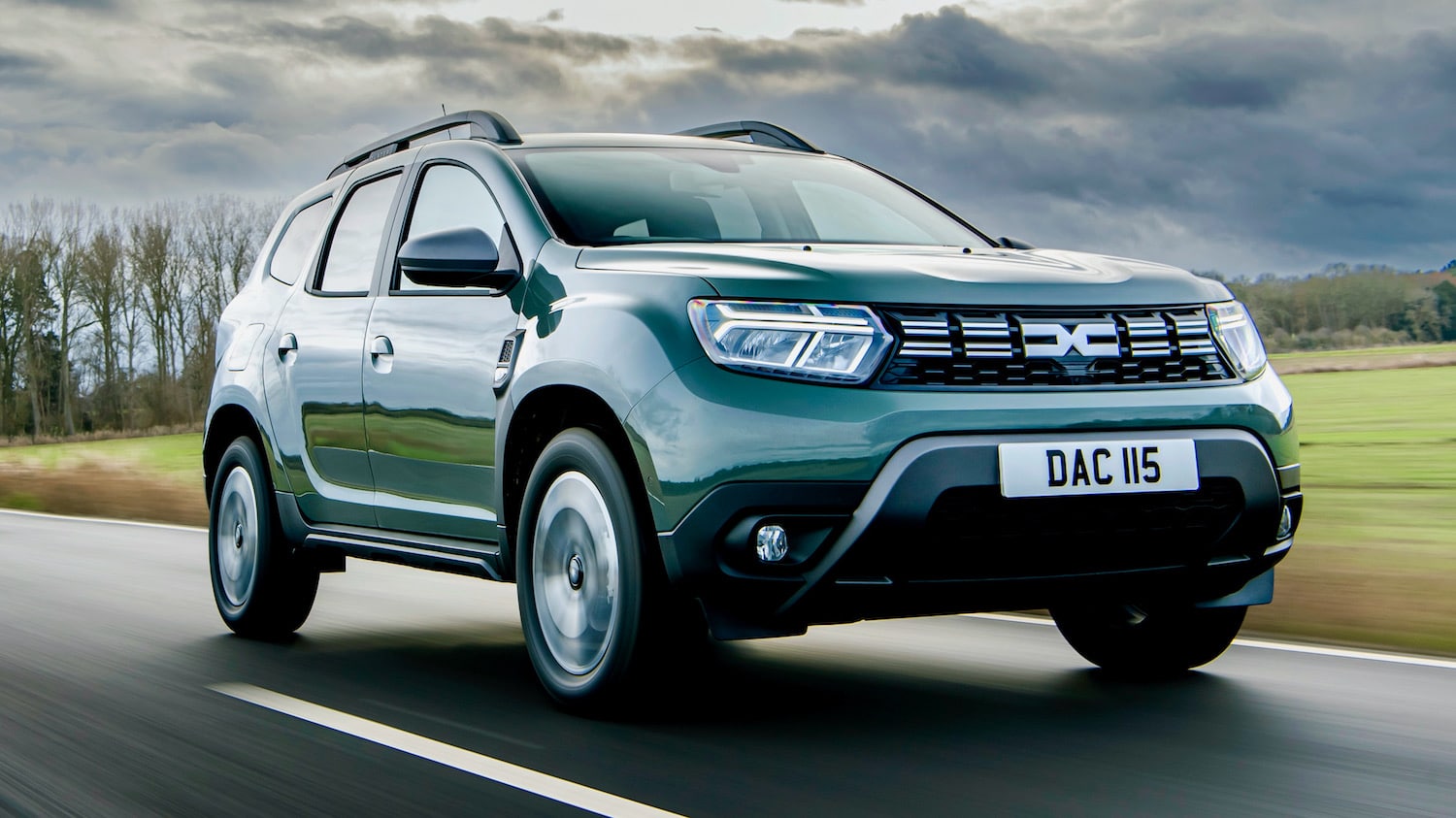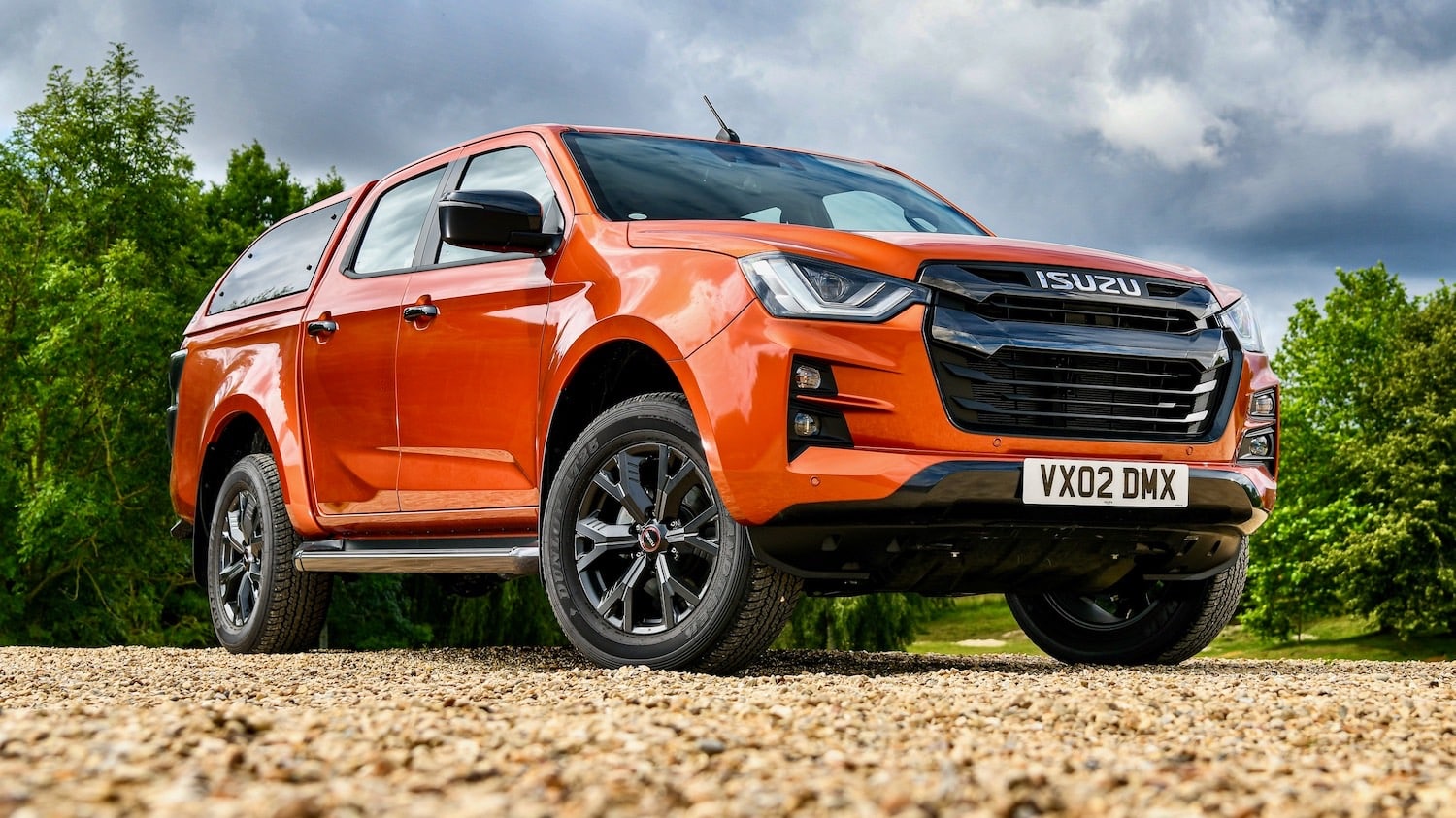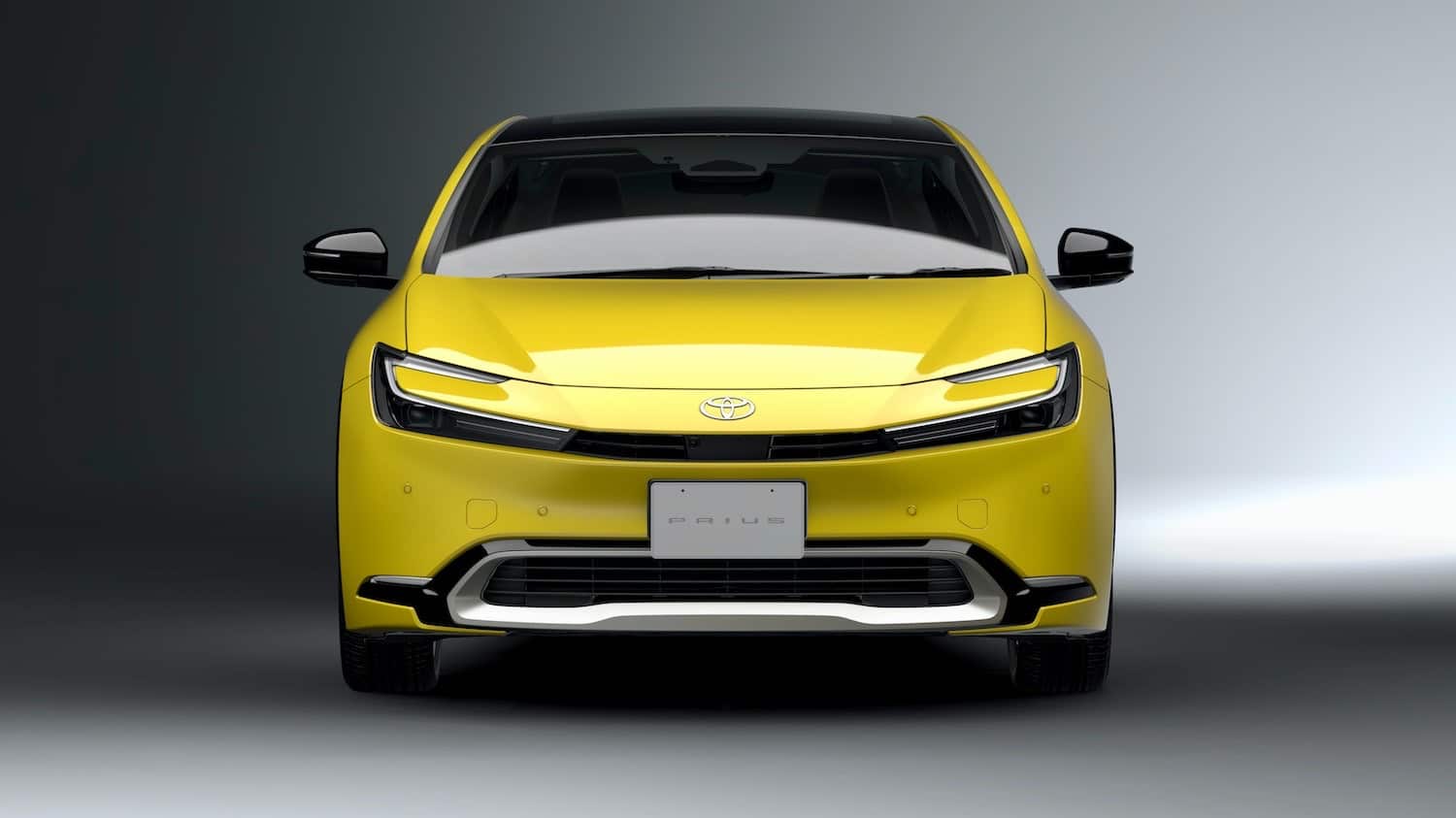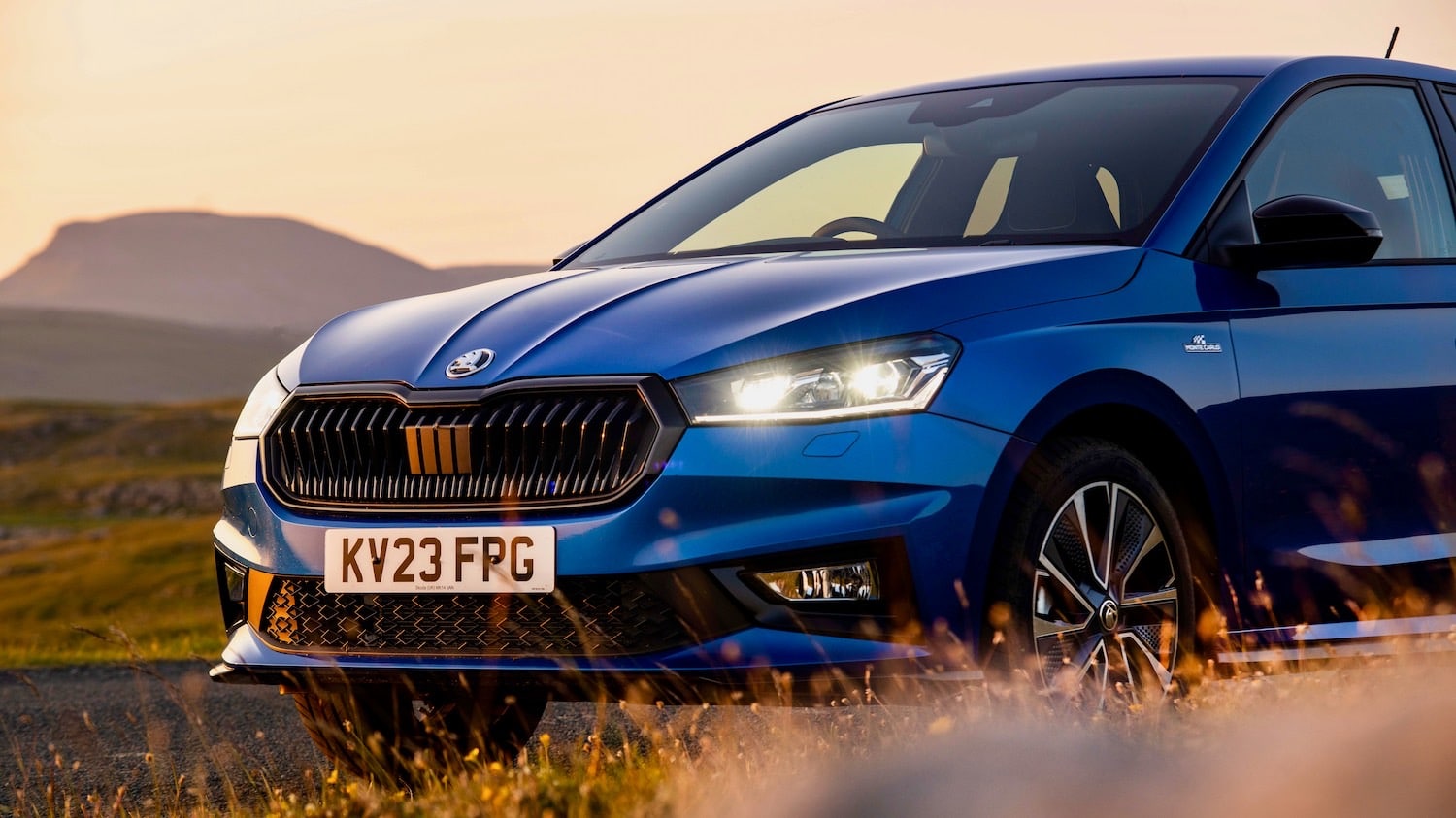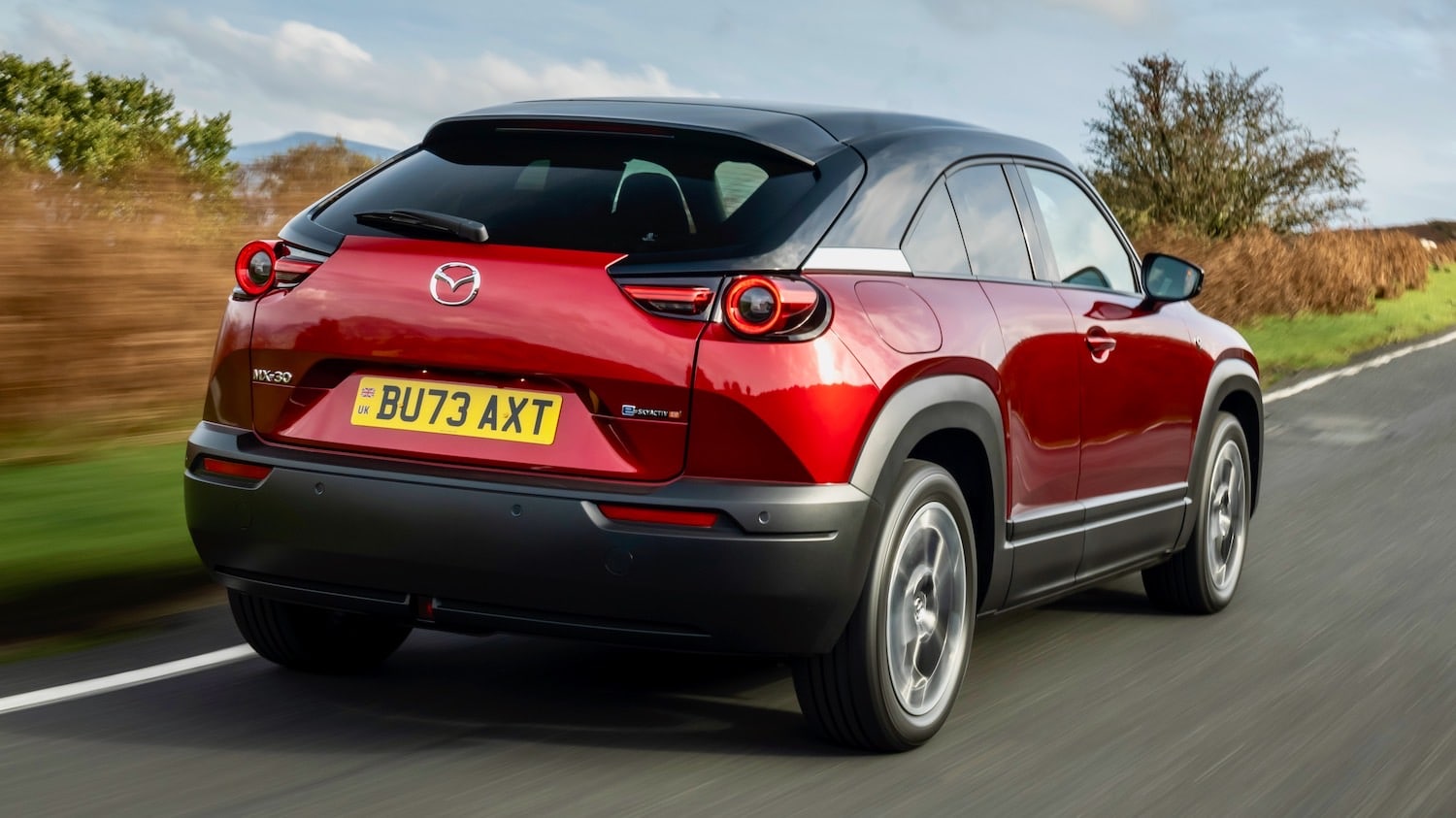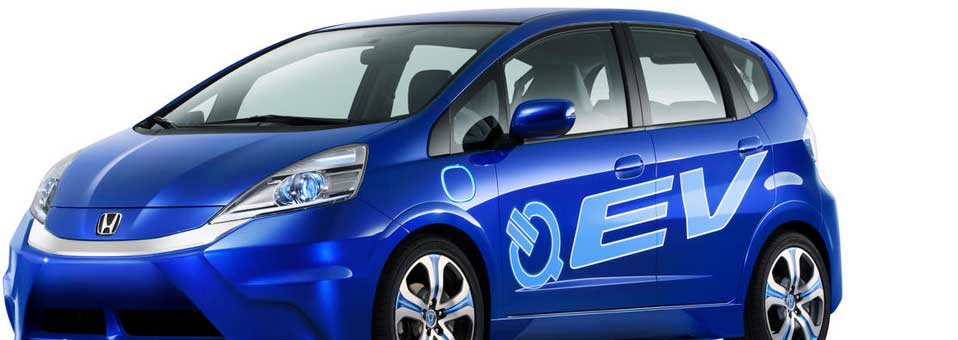Honda’s stand at IAA outlines Honda’s environmental direction – ‘Road to Zero Emissions’.
The concept for the stand was created and implemented by the young artist Sebastien Wierinck. It features integrated coloured tubes, which represent and link Honda’s environmental technologies. Red tubes mark the area for conventionally driven models (petrol and diesel). Blue symbolises the hydrogen-powered fuel cell electric vehicles, the green coloured tubes represent the battery electric vehicles, while the combination of red and green represents hybrid technology.
[portfolio_slideshow]All the different coloured tubes meet in the Honda Dream House area, in which Honda displays a number of its technologies for environmentally friendly ways to generate energy – demonstrating its wide approach of road to zero emissions.
Highlights on the Honda stand:
- The new 2012 Honda Civic
- 2012 Honda Insight – CO2 emissions of only 96 g/km
- Honda EV Concept
- Honda Plug-in Hybrid Platform
- Honda FCX Clarity – the ultimate solution to zero emissions mobility
The new Honda Civic
- Distinctive looks and class-leading space
- Unparalleled reliability
- High-quality fit and finish
- Powerful, clean, economical engines delivering low running costs
- Innovative and useful technology for safety and entertainment
A new Honda Civic that’s more confident, clever and versatile makes its debut at the Frankfurt Motor Show. The ninth generation Civic hatchback offers stand-out looks combined with class-leading space for passengers and luggage – and will continue to deliver peace of mind with low running costs, through Honda’s famed and unparalleled reliability. Honda’s new small family car has been designed exclusively for Europe and has been extensively tested on the region’s roads. It goes on sale in early 2012.
Introduction
The development period for the new Civic spanned over four years and nearly all the components are new to the Civic or have been improved. Particular focus was placed on the following areas:
- Suspension set-up to improve the ride and handling
- Interior materials to improve overall quality
- New design styling and aerodynamics for a refreshed image and improved efficiency
- Engines for improved performance and reduced CO2 emissions.
Overall the new Civic builds on the core strengths of its predecessor and takes them to a higher level. It is also one of the sector’s best in performance against low CO2 emissions – the diesel model produces just 110g/km with 150 PS and 350 Nm of torque.
Background and Research
The current Civic is known for its unique exterior styling and interior practicality within the C segment, Mitsuru Kariya, the ‘Large Project Leader’ (LPL) and his team were keen to further understand the needs of the European customers.
“… when evaluating the requirements of our customers, we recognised that the European customer desires are demanding and unique in many aspects. We have focussed our development on fulfilling these expectations and through this process we have taken our development standards even further to a new level.” (Mitsuru Kariya, LPL)
As research commenced, the development team for the new Civic considered the key milestones achieved with the current Civic and opted to maintain and enhance the current Civic model qualities. The team wanted to create a new design without sacrificing the class-leading interior space and other practical features while also improving the visibility and widening the field of vision.
European and Japanese designers and engineers worked together closely throughout the development process. Testing was carried out first in Japan and then repeatedly in Europe to ensure suitability for the world’s most demanding C-segment customers.
Design inspiration
Initial ideas for the new Civic explored the car having a ‘Lean Energetic’ design. ‘Lean’ was to emphasise the environmental-conscious world existing today, and ‘Energetic’ to express Honda’s vitality. This design direction translated into a ‘Clean-Dynamic’ design concept.
Initial sketches focused on elegantly flowing designs taken from the ‘blended body’ airplane (a concept model designed by engineers at the University of Cambridge) and low resistance swimwear with no obvious borderlines between surfaces with bumper and fender lines blending seamlessly into the body.
This concept was a clear break in a new direction, rather than relying on sheer strength and engine power to convey a sporty image, a ‘blended body’ with reduced resistance would demonstrate a smarter image for the new Civic. An example of this new image is the new rear combination light that works as an aerodynamic spoiler, managing air flow over the top and sides of the car.
Drivetrains
The new Civic will be offered with three engine options: 1.4 and 1.8 petrol units and a 2.2 diesel. All the engines are combined with a 6-speed manual gearbox, ECO Assist, advanced fuelling control technology and Idle Stop (start-stop). They are also equipped with Hill Start Assist. The 1.8 engine can be paired with a specially designed 5-speed automatic transmission.
The goal in the engine and transmission development was to maintain the driving experience while improving the overall efficiency of the engine resulting in lower running costs.
Improvements to Honda’s 2.2-litre i-DTEC engine, coupled with a low-drag body design, mean the new 2012 Civic emits only 110 g/km* of CO2 – while producing a powerful 150 PS and 350 Nm of torque.
This new lower CO2 figure signals a drop of 29g/km over the outgoing model and will enable customers to benefit from free road tax for the first year (and only £20 per year from then on), as well as cheaper fuel bills. Meanwhile, company car drivers will be able to take advantage of BIK tax rates among the lowest for a small family car.
The improved engine also shows that customers do not need to sacrifice on power to achieve better economy – the 2.2 diesel delivers a 10 PS boost over the outgoing engine.
Honda’s advanced i-DTEC engine received a number of enhancements in the quest for lower emissions. The oil flow through the engine has been carefully managed to reduce circulation loss, while engine materials and components have been revised to reduce friction. A five g/km reduction in CO2 was also achieved with the addition of Idle Stop (start/stop) technology.
Extensive wind tunnel testing was carried out to improve the car’s aerodynamics, reduce drag and refine high speed stability, all of which contribute towards lowering emissions.
“To achieve a good CO2 figure, you need to optimise every aspect of the car,” says Katsushi Watanabe, Development Leader for the engine. “Reducing the emissions was our key target and we’re proud to say that we have achieved this without compromising the high performance character of the engine. We want our customers to have fun when they drive this car.”
Smoother Ride
Honda engineers concentrated a huge amount of time and effort improving ride quality and handling of the Civic, and through significant changes to the suspension set-up they have enhanced both comfort and body control.
To give customers the biggest cabin and boot space in the C-sector, the Civic retains a rear torsion beam suspension system – but the latest set-up uses clever fluid-filled compliance bushes to improve overall ride performance and handling. It has also been strengthened to give better stability, particularly at high speeds.
The development team worked hard to sharpen every detail of the design, build and aerodynamics, to optimise the interior refinement in the new Civic. The engineers spent time testing the car in Europe to tune the new Civic to suit the varying road conditions. They also made good use of Honda’s anechoic (echo-free) chamber in its R&D facility in Swindon to fine-tune the cabin insulation. One of the results of the work in the anechoic chamber was to modify the design and construction of the roof lining, and how it interacts with the bodywork.
The new Civic’s aerodynamic efficiency also played a key role in maximising its refinement. Several members of the development team called upon their Formula One experience to help deliver a car that combines a low coefficient of drag with excellent high-speed stability. Hours of meticulous work in the Honda wind tunnel has improved performance, reduced fuel consumption and resulted in an exceptionally quiet interior.
“We did not improve the noise and refinement of the new Civic through just one technique,“ commented Kazuo Sunaoshi, Development Leader – Chassis. “It was the accumulation of lots of little details. My big challenge was to match the noise and vibration levels of our European competitors. I am proud to say that we have achieved our goals.”
2012 Honda Insight
Honda will also unveil a cleaner, higher quality Insight hybrid at the Frankfurt Motor Show.
The revised 5-door hatchback will have lower CO2 emissions of 96g/km*, achieved through enhanced aerodynamics and powertrain efficiency. Reduced engine friction, changes to the CVT transmission and improved air conditioning all contribute to lower fuel consumption.
These changes mean that the 2012 Insight once again qualifies for exemption from the London Congestion Charge, and falls into the lowest VED band, meaning owners will pay no annual road tax. The new figures also ensure that Insight remains in one of the lowest groups for Benefit in Kind taxation.
For 2012, the Insight also receives a refresh of the exterior design, including a new front grille. At the back, visibility is increased through the introduction of a slimmer spoiler and a modified tailgate decals, and a reduction in the size of the wiper motor.
Adjustments have also been made to the engine and suspension for an overall improvement to ride comfort and stability, and interior quality has been enhanced.
Lower CO2 emissions
The 2012 Insight will be available with either 15” or 16” wheels. In both cases the improvement on CO2emissions is 5g/km – which means that models with 15” wheels now boast CO2 emissions of only 96 g/km* and models with 16” wheels 100g/km.
Exterior
The exterior design receives updates that emphasise the Insight’s smart image with efficient and aerodynamic styling. The new model includes a refreshed grille and bumper design and also modifications to the headlights.
The rear of the car features a new tail spoiler and details of the license plate decals have been changed as well as the tail lights, where the indicator surround is blue to highlight its hybrid identity.
Interior
Interior updates such as a new seat fabric and black wood look panelling improve quality and comfort of the 2012 Insight. Rear space has been redesigned to offer a further 10mm in head clearance. This has been achieved by adjusting the angle of the rear seat and re-shaping the headlining so that it’s curved at the edges.
NVH Improvement
Driver and passenger comfort has been improved by reducing the intrusion of engine and road noise from the suspension and tyres. The front lower suspension arms are now made from aluminium, rather than steel and also a new tyre development has reduced the noise within the cabin.
Visibility
Refinements to the rear design of the car, such as a new slimmed tail spoiler, allows for a wider rear glass area while the wiper motor unit has been reduced in size to increase overall visibility at the rear.
Bespoke Hybrid Model
The Insight utilises the efficient, compact and proven 1.3 litre i-VTEC engine, combined with an electric motor. This engine and motor combination is shared with the Jazz Hybrid and both models benefit from the ability to run on electric power alone under certain conditions.
The combination of an ultra-aerodynamic body and a parallel hybrid powertrain gives the Insight impressive environmental performance with low overall exhaust emissions, not just CO2 emissions of 96 g/km*. The Insight has been developed to offer excellent fuel economy and emissions all of the time, not just in official tests. The Eco Assist encourages and assists drivers in achieving good fuel economy every day with the coaching function and ECON button.
Recycling of Battery Packs
Importantly the Insight is manufactured in a plant where zero production waste ends up in landfill and a suite of energy saving techniques are used to reduce overall impact. At the end of the vehicle’s life the Insight is designed to be highly recyclable and recoverable and the batteries can be easily recycled through any Honda dealer.
Further information on the 2012 Insight will be announced closer to the on sale date in early 2012.
*Honda internal data
Honda EV Concept & Plug-in Hybrid Platform
Honda has brought the Honda EV Concept battery electric vehicle and the platform for a midsize plug-in hybrid vehicle to the Frankfurt Motor Show.
The concepts are displayed as part of Honda’s “Road to Zero Emissions”, showing the current technology of hybrids alongside near future technology of plug-in vehicles and the ultimate goal of Fuel Cell Electric Vehicles, like the FCX Clarity.
Both vehicles are integral to the Honda Electric Mobility Network, the company’s comprehensive approach to reducing CO2 emissions through innovative products, energy-management and energy-production technologies.
The Honda EV Concept hints strongly at the direction and styling for Honda’s upcoming production battery electric vehicle, which will be introduced to the U.S. and Japan in 2012. The all-new plug-in hybrid platform showcases Honda’s next-generation, two-motor hybrid technology set to debut in 2012.
“Honda’s long history with electromotive technologies has enabled us to understand customer requirements,” said Takanobu Ito, Honda Motor Co., Ltd. President and CEO. “In Honda’s view, an electric vehicle must offer great utility and be fun to drive. Honda EV Concept’s urban commuting capability will be a perfect addition to the full-function mobility of the plug-in hybrid and FCX Clarity fuel cell electric vehicle.”
Honda EV Concept
The Honda EV Concept is designed to meet the daily driving needs of the average commuter and utilises the same 5-passenger layout found in the popular Honda Jazz. When the Honda EV Concept production model is introduced, it will be powered by a lithium-ion battery and coaxial electric motor.
The high-density motor, derived from the FCX Clarity fuel cell electric vehicle, delivers excellent efficiency and power while remaining quiet at high speeds. The Honda EV Concept will have a top speed of 90 mph.
The Honda EV Concept will achieve an estimated 100 mile driving range per charge using the US EPA LA4* city cycle (112 km when applying EPA’s adjustment factor). Driving range can be maximised by use of an innovative 3-mode electric drive system, adapted from the Honda CR-Z sporty hybrid.
The system allows the driver to select between ECON, NORMAL, and SPORT to instantly and seamlessly change the driving experience to maximise efficiency or improve acceleration.
The 3-mode electric drive system uses the same principle as the 3-mode drive system in the CR-Z hybrid, which allows drivers to optimise the vehicle for their preferences or traffic conditions. While in ECON mode, practical driving range can increase by as much as 17 percent, compared to driving in NORMAL mode, and up to 25 percent compared to driving in SPORT mode. Acceleration improves significantly when in SPORT mode, generating performance similar to a vehicle equipped with a 2.0-litre petrol engine.
In addition to the 3-mode E-Drive system, the Honda EV Concept will include several interactive coaching systems to assist the driver in maximising battery range.
A special meter display advises the driver when to shut off air conditioning and other accessories to conserve battery power.
To help the driver manage the electric vehicle ownership experience, the Honda EV Concept has a standard connectivity system that allows the driver to stay connected through a smartphone and personal computer, or the Honda-exclusive interactive remote, while away from the vehicle. The pocket-friendly, interactive remote provides connectivity to the vehicle without the need for an internet connection or mobile phone signal. Through the connectivity system, drivers will be able to remotely view the vehicle’s state of charge, initiate charging and activate the air conditioning, even while connected to the grid, to reduce the drain on the battery at start-up. The mobile application and website also offers the ability to set charging notifications and alerts to optimise utility rates, and provides 24-hour roadside assistance, along with a public charging station locator.
The Honda EV Concept is equipped with a standard Honda Satellite Linked Navigation System™ that includes a public charging-station locator capability.
The Honda EV Concept is designed to be easy and convenient to charge. Battery recharging can be accomplished in less than 12 hours when using a conventional 120-volt outlet, and less than six hours when using a 240-volt outlet.
The Honda EV Concept displayed at Frankfurt features a Deep Clear Blue Pearl exterior colour and distinctive five-spoke aluminium-alloy wheels with blue inserts. The Concept has unique LED headlights, a chrome front fascia, aerodynamic bumper, clear LED taillights and EV decals. Inside, the Honda EV Concept is outfitted in an eco-friendly grey bio-fabric on the seating surfaces.
Displayed alongside the Honda EV Concept at the show is a prototype Honda charging stand. To begin charging, the driver swipes a card in front of the screen and then connects the charger to the vehicle. The Honda charging stand provides a glimpse at the future of an electric-charging infrastructure that is easy to use and intuitive for consumers.
Honda Plug-in Hybrid
Honda is also showing a plug-in hybrid platform, which showcases Honda’s next-generation two-motor hybrid system. Integrated into a mid-size saloon platform, the plug-in hybrid is designed to be compatible with daily driving habits, allowing for short, frequent trips in all-electric mode, while providing long-distance driving capability when needed. The Honda two-motor system continuously moves through three different modes to maximise driving efficiency: all-electric, petrol-electric and a unique, engine direct-drive mode. The plug-in hybrid also uses regenerative braking to charge the battery.
In all-electric mode, the vehicle uses a 6kWh lithium-ion battery and a powerful 120 kW electric motor. The all-electric mode achieves a range of approximately10-15 miles in city driving and a top speed of 62 mph. Fully recharging the battery will take 2 to 2.5 hours using a 120-volt outlet and 1 to 1.5 hours using a 240-volt outlet.
The vehicle can also run in a petrol-electric hybrid mode, the platform features a fuel-efficient 2.0-litre, i-VTEC inline 4-cylinder, Atkinson cycle engine, paired with an Electric Continuously Variable Transmission (E-CVT). An onboard generator adds to the battery powering the electric motor.
For more efficient high-speed cruising, the vehicle can engage in a direct-drive mode, in which only the engine drives the front wheels.
Advanced Technology Demonstration Program
Honda will launch an Advanced Technology Demonstration Program in the USA this year to provide real-world testing of its new vehicles, as well as research into customer behaviour and usability, public charging infrastructure planning and sustainability initiatives. Partners in the program will include Stanford University, City of Torrance, California and Google, Inc.
Honda Electric Mobility Network and Energy Management
Together, the Honda FCX Clarity fuel cell electric vehicle, the Honda EV Concept and the future plug-in hybrid vehicle, are a part of the company’s comprehensive approach to reducing CO2 emissions. Honda is unique in its efforts to create both environmentally-responsible products and the renewable energy solutions to power them. Honda is currently producing and marketing thin-film solar panels in Japan, and an installation has recently been completed at three sites including the Honda Akademie in Erlensee, Germany, the Honda UK Manufacturing plant in Swindon, UK and the Honda Nordic head office in Malmö, Sweden.
Honda is also using innovative ways to produce and distribute energy through sustainable methods, such as using solar power to produce hydrogen fuel from water. Additionally, Honda is developing home energy-management systems that utilise micro-cogeneration technology and solar cell modules to power and heat homes as well as charge electric vehicles. The Honda Electric Mobility Network joins clean vehicle technology, renewable energy production and energy management solutions for the benefit of customers and society.
FCX Clarity
Honda’s FCX Clarity is the ultimate solution to zero emissions mobility. The world’s first production fuel cell electric vehicle has been available to lease in the US and Japan since 2008, and has been delivered to a number of customers including, actress, Jamie Lee Curtis.
The FCX Clarity is fundamentally an electric vehicle, with a hydrogen fuel cell stack providing the electricity from a reaction between hydrogen and atmospheric oxygen. This reaction has only one emission, pure water (H2O), which comes out of the tailpipe in the form of vapour. The FCX Clarity can be refuelled from empty to full in less than four minutes, just like a petrol car, and has a range of 288 miles. The FCX Clarity has ample space for four adults plus luggage and combines this with a whisper quiet, 100 mph top speed. Honda’s fuel cell electric vehicle shows that a vehicle with no harmful emissions can be practical, comfortable and fun to drive.
Since 2009 the FCX Clarity has been in Europe to demonstrate the potential of fuel cell electric technology to politicians and key decision makers, as well as being engaged in infrastructure projects. The FCX Clarity has appeared at COP 15, United Nations Climate Change Conference, the European Youth Parliament and the World Hydrogen Energy Conference in Essen amongst others. In May 2011 Honda joined the Clean Energy Partnership, Europe’s leading fuel cell vehicle and hydrogen infrastructure demonstration project.
